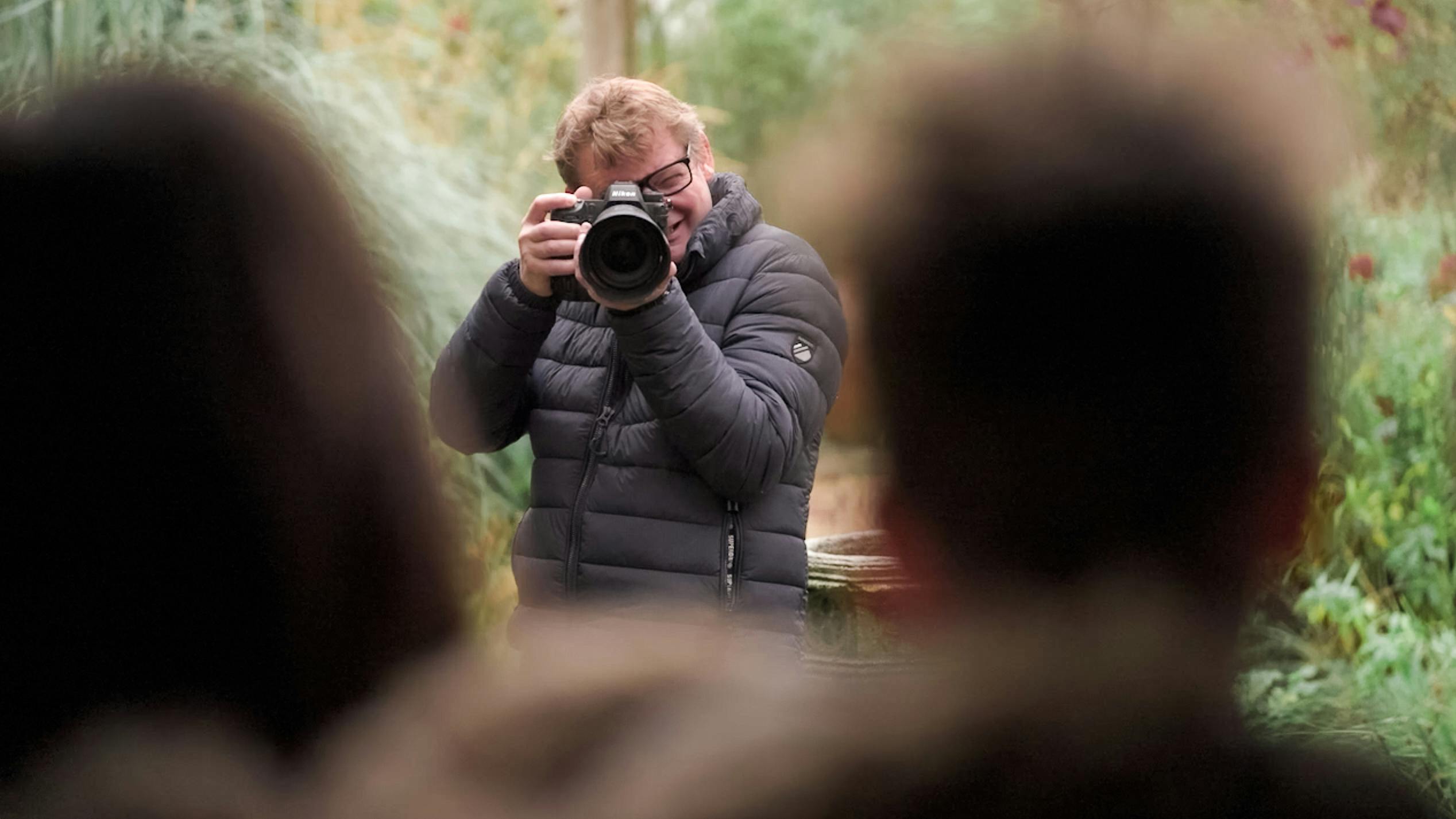Mastering Photography Sales: Sales Communication in the Digital Age
Photography sales techniques are constantly evolving — changing and morphing as much, if not more, than the technology in our cameras has over the past century. And it’s not just evident in how we sell print products and albums, but how we represent and sell our service as a photographer.
As the digital landscape reshapes how we connect with clients, from showcasing portfolios to finalizing print sales, storytelling remains the cornerstone of successful photography businesses. In 2024, amidst a plethora of tools and technologies, selecting the right ones to enhance our storytelling and amplify our photography sales is paramount. How, then, do we leverage technology to not only book more clients but also increase print product sales?

The age of visual storytelling in photography sales
A single picture can speak a thousand words, but a carefully curated portfolio can build an entire universe. In the context of sales, visual storytelling is the thread that weaves through the customer journey, from initial contact to final purchase. Clients no longer want to see albums full of stock images as you try to convince them to add one to their package. Tell the story of another couple, family, or client — show them a real story in print. It’s immersive, it’s unique, and stories trump technology every day.
{{banner}}
Crafting a narrative:
Each photo represents a part of the story — whether it's the joyous recollections of a wedding album, the professional journey mapped out in a corporate headshot, or the serenity of landscape prints adorning a home's walls. By thoughtfully sequencing and presenting these images, sales professionals in photography can guide customers through an emotional journey that culminates in a signed contract that feels not just necessary but imperative.
Emotional resonance:
Studies have shown that buyers are driven more by emotions than by practicality. When photography is used to elicit feelings and create a connection, sales opportunities bloom. By understanding the narrative their photos convey, photographers can select and compose their work to trigger an emotional response from potential buyers.

Exercise - using digital analytics and adapting what you show for human connection
- Are your portrait shots trending with families, individuals, or influencers?
- Are event photos from particular venues garnering more attention? It’s time to analyze and adapt.
- How are you weaving a story that not only showcases your craft but also evokes a response from your audience?
AI and AR — the new darkroom
Just as the darkroom was once the heart of the photographic lab, AI and AR have become the digital ateliers transforming photography sales. These technologies provide capabilities once thought to be the realm of science fiction, now as accessible as a click or a tap.
Data-Driven Storytelling:
With the wealth of data available through AI, photographers can now tailor their sales pitches to the individual customer. They can leverage insights to predict preferences and package their work in ways that are most likely to resonate. Customer profiling, preferences, and even past purchases can be part of this data-driven narrative, ensuring that every sales interaction is personal and purposeful.

Artificially Intelligent Filters:
AI photo editing tools may be edging their way into our world, but that doesn’t mean we can’t leverage them to our advantage. These same tools enable clients to visualize the photographer's work in their own spaces through AR apps, making it easier than ever to fall in love with a print for their space.
The balancing act — personal touch vs. digital dominance
In amongst the rise of digital tools, we’re seeing a resurgence in appreciation for personal touches. In a field as intimate as photography, this balance is crucial. Technology can enhance the sales process, but it should never detract from the human connection at photography's core.

Leveraging technology:
Online galleries, social media platforms, and e-commerce websites have become vital sales channels for photographers. They offer a wide reach, precision in targeting, and efficiency in negotiations. The ability to collate, store, and present work digitally has greatly expanded the selling landscape.

Human connection:
Behind every sale should be a human. Whether it's through a video call, a personalized email, or a handwritten note accompanying a print, the human connection is irreplaceable. In photography, where the end product often holds immense personal value, the role of the photographer in aiding and understanding the customer's journey is as important as ever.
Education as value:
Educate your client not just on what you’re selling but on the value of what you’re creating. An informed client is an invested client. By taking them behind the scenes of your work process or explaining the choice of a particular shot, you impart value that goes beyond the visual.
Leveraging social proof and testimonials:
In an era where reviews shape decisions, the credibility of your portfolio is bolstered by the voice of your satisfied clients. Encourage testimonials, share case studies, and let word-of-mouth become an anchor for your sales communication success.
The new customer journey
The digital transformation of photography sales has reimagined the entire customer journey. Potential buyers now engage with visual content at every stage, from inspiration to education to decision. Understanding and optimizing this new path is key to successful sales.

Inspiration:
Online galleries, social media feeds, and image search engines play a significant role in the modern customer's initial exposure to a photographer's work. By constantly feeding these channels with captivating content, photographers can inspire potential buyers and plant the seeds of interest.
Education:
At the heart of every sale is an informed decision. Educating the customer about your process, the value of print, and the story behind the images is a crucial step. Blogs, videos, and behind-the-scenes content contribute to this educational narrative that can transform a fleeting interest into a concrete sales lead.
Decision:
The decision to purchase is the peak of the customer journey. Here, ease of access to the images, transparency in pricing, and a seamless buying process are key. By removing as many barriers as possible, photographers can ensure that the stories they've told so far have a happy ending in the form of a print sale.

Conclusion: focusing and reframing sales communication
In the rapidly evolving photography industry, the key to success lies in balancing cutting-edge technology with the timeless art of storytelling and personal connection. It is crucial to embrace digital tools like AI and AR to enhance visual narratives while ensuring emotional resonance and maintaining a personal touch. By focusing on creating compelling stories and fostering strong client relationships, photographers can effectively blend the science of sales with the art of photography, ensuring their business not only survives but thrives in this dynamic environment.


